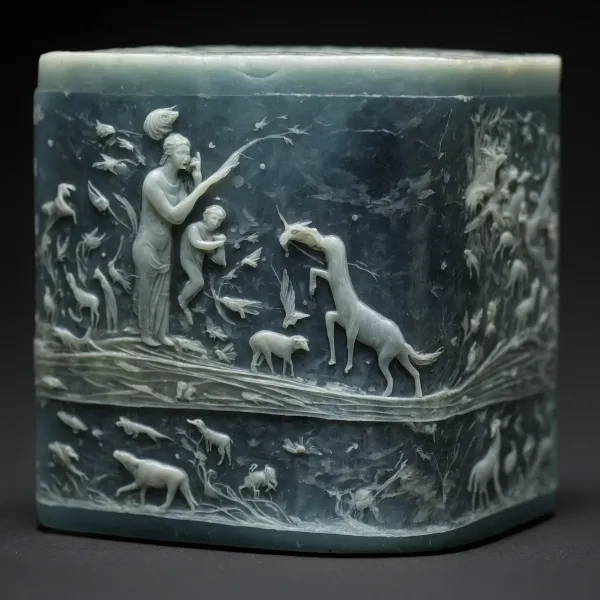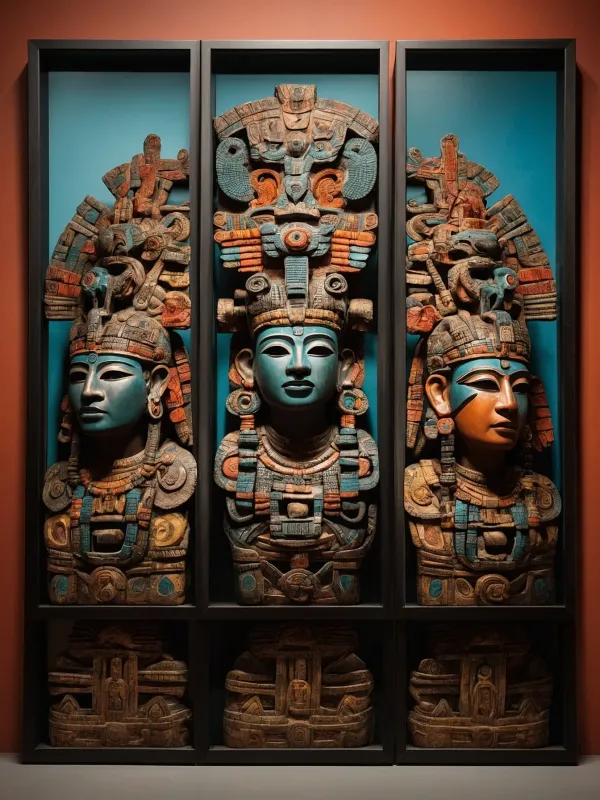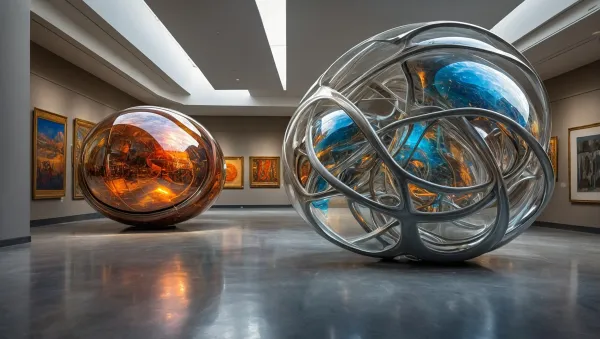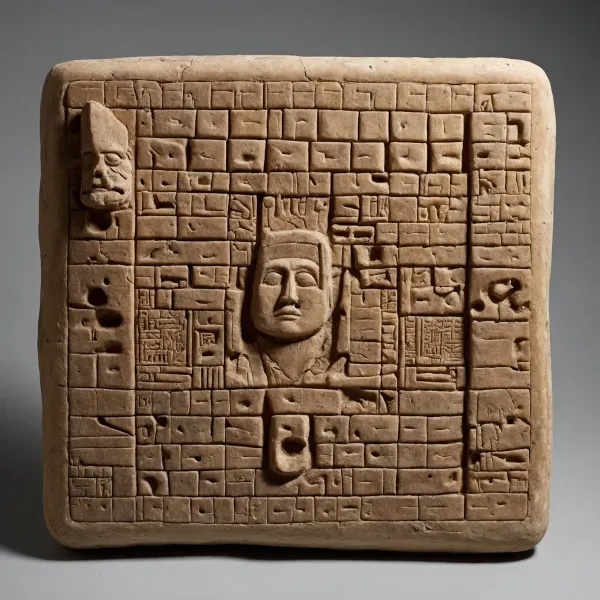Tempestuous Worship
Did a gold reliquary found in a small coastal town hold the key to an otherworldly worship? And was its strange content connected to a catastrophic event that rocked the town to its core?
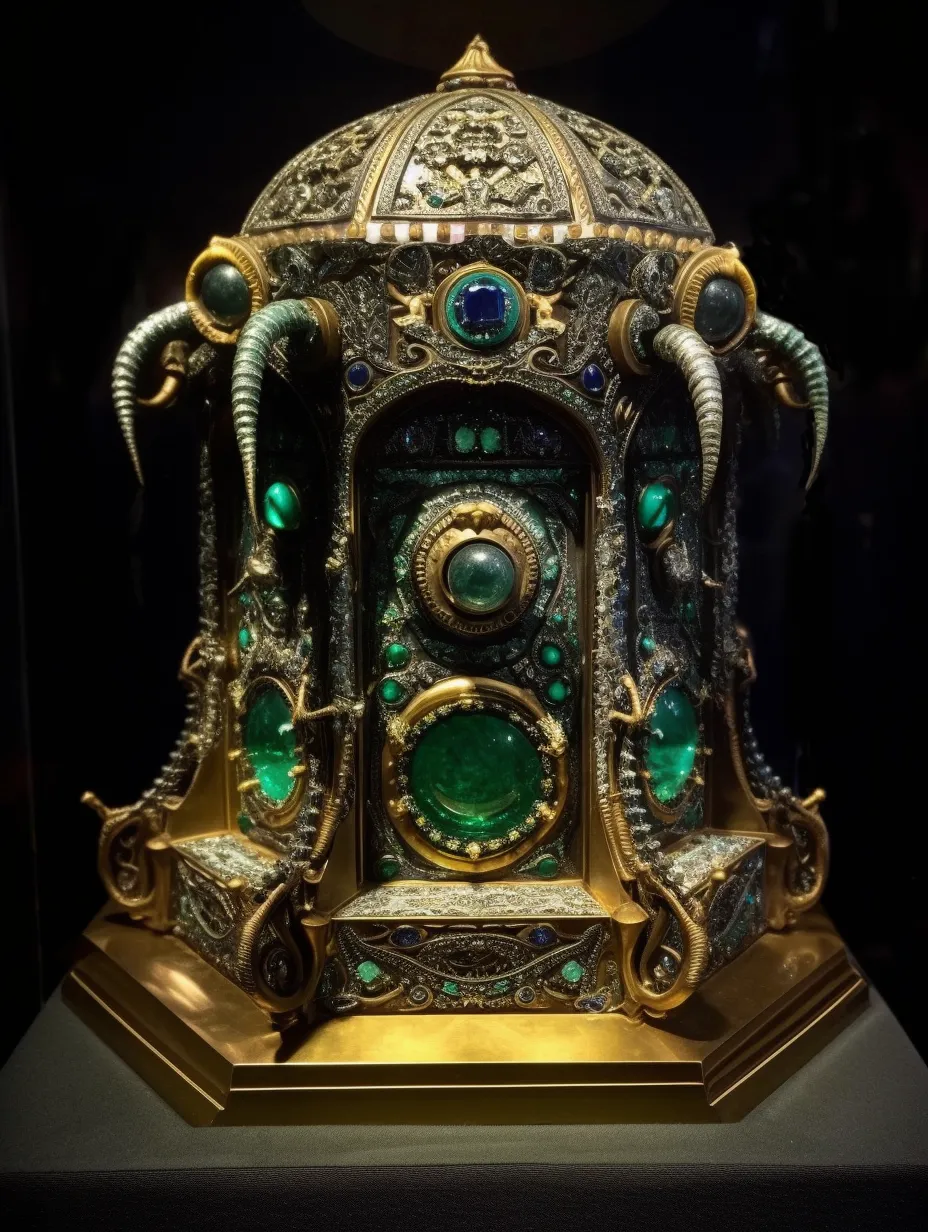
When it comes to religious imagery, the Reliquary of Saint Adjutor holds some exceptional qualities that make it one-of-a-kind. Its foundation is made of 22k gold, sculpted into sinuous shapes. While the delicate silversmithing is impressive all around, the intricate patterns at the top take on an extra layer of meaning, as they mirrored the design of St. Adjutor on the Headland's dome before its collapse in 1886.
The center of the reliquary is embellished with a pattern of round emeralds, while symmetrical designs enhance its sides. At the top, a single sapphire is flanked by two twin black onyxes, crowning the piece. These gemstones add a rich splash of color that enhances its distinctive splendor.
When tracing the reliquary's history, which is still unknown, the art historian and underwater explorer Abigail Bennett theorized that the relic's shapes, patterns, and colors mimicked the unusual, almost otherworldly, submarine landscapes surrounding the town of Rebellion, Rhode Island. Not only did this town host the church where the artifact was found, but it was also the birthplace of H.C. Ravensfield, the founder of The Ravensfield Collection.
The reliquary's finding relates to an event that marked Rebellion's history, which Mr. Ravensfield experienced first hand as a boy: The Black Tempest. This violent storm ravaged the town, destroying plenty of buildings that had been built too close to the coastline, including the Church of St. Adjutor on the Headland.
When clearing the debris, a parishioner discovered a concealed compartment behind the altar that contained a reliquary that had never been seen before. The town agreed that Cecil B. Ravensfield would be entrusted with the artifact, as he already owned an eclectic art collection in his estate, which would later become The Ravensfield Collection when his son made it public in the early 20th century.
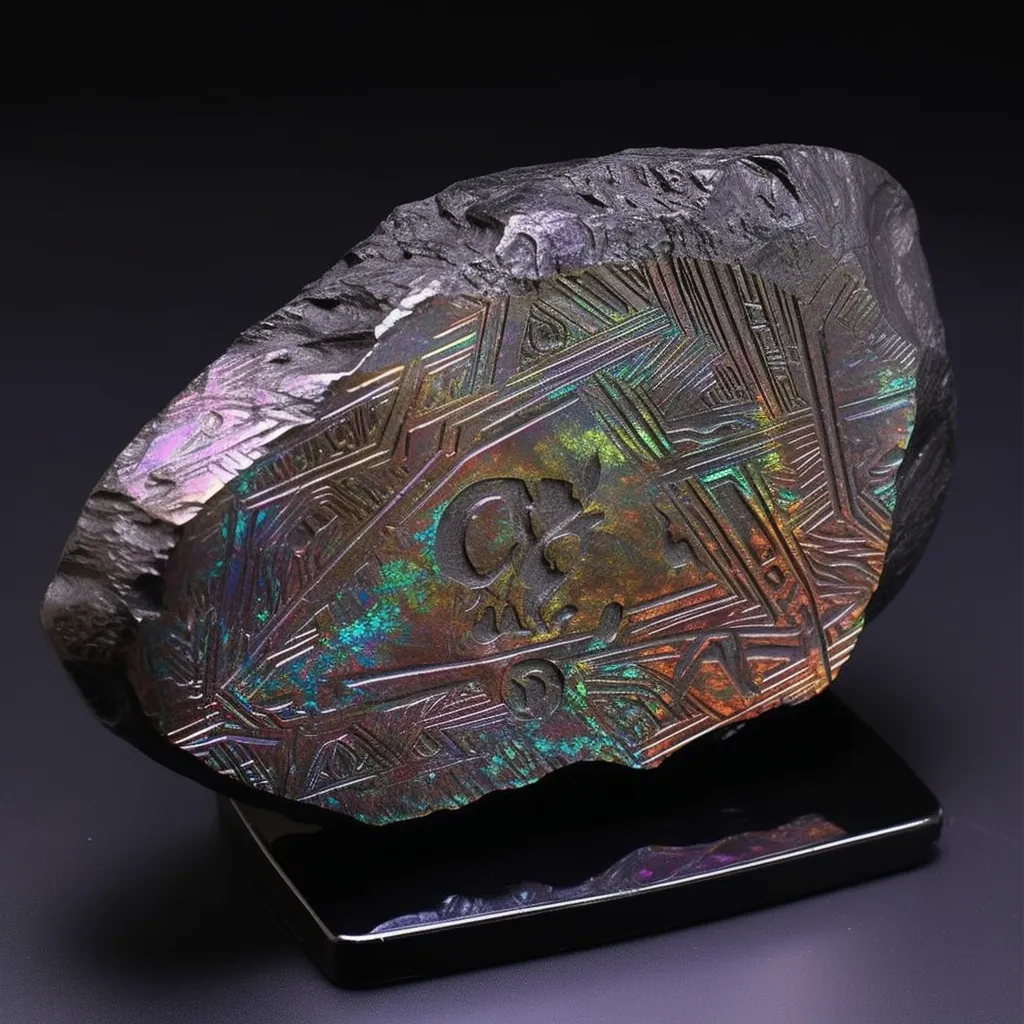
Inside the reliquary, Cecil Ravensfield found no relic, but the small carved stone you can see in the photograph above, commonly known as the Stone of St. Adjutor. The stone was brought to the Institute of Arcane Mineralogy in Washington D.C. Geologists determined the stone was, in fact, part of a meteorite, when comparing its composition to a similar material of extraterrestrial origin already found in two meteor crash sites, one in Oregon and one in Austria. This same mineral was also found in the ornaments of the 18th century sculpture Bust of the Cosmic Goddess.
The stone's carvings themselves don't match any known iconography, religious or otherwise. As to why the reliquary and its peculiar relic were kept hidden in a church of a small American coastal town, the only thing we can do is speculate, as no expert has ever found an answer.

